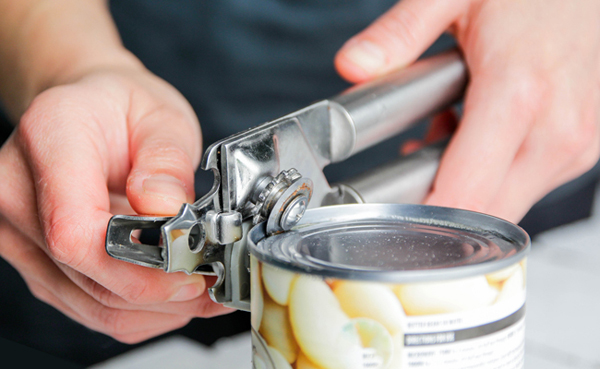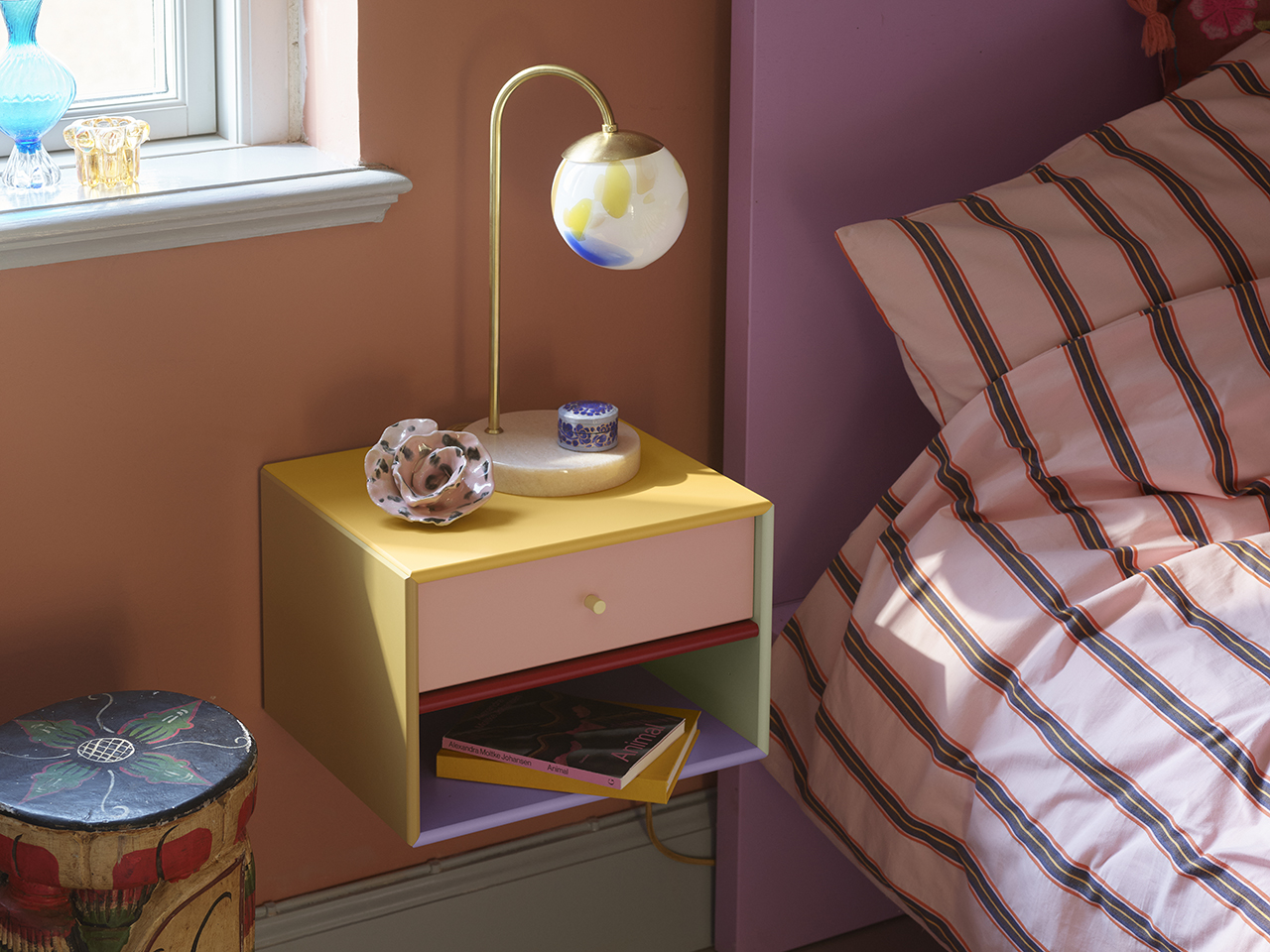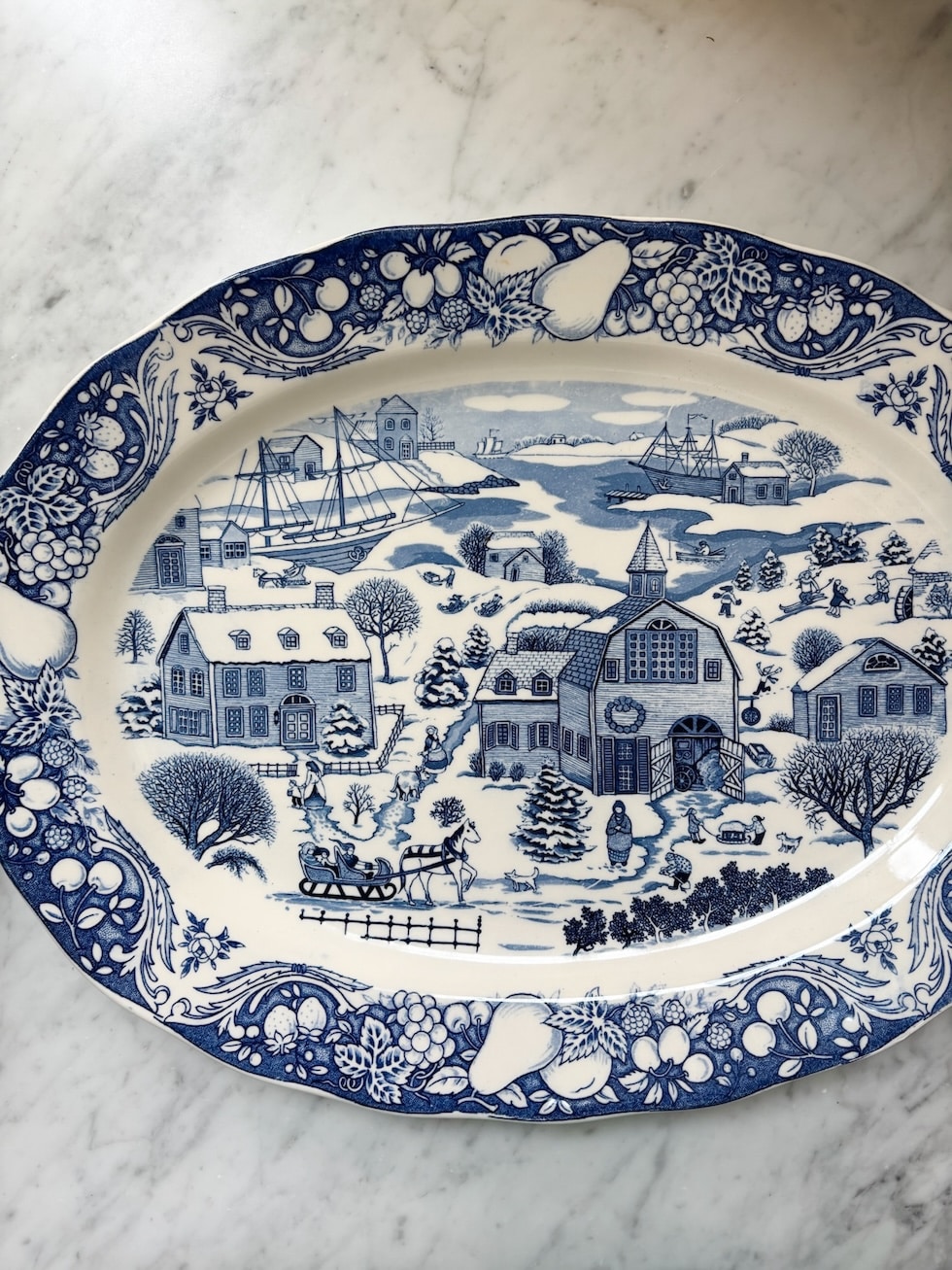Crafting a Comeback: How Traditional Techniques Are Shaping the Future of Product Design.
Crafting a Comeback: How Traditional Techniques Are Shaping the Future of Product Design.Fast fashion and mass production have dominated the market since the 1990s, but there is a growing trend toward a resurgence in artisan craftsmanship. In...


Fast fashion and mass production have dominated the market since the 1990s, but there is a growing trend toward a resurgence in artisan craftsmanship. In recent years, consumer tastes have shifted, driving an increased demand for the authenticity and artistry of handmade products. Handcrafted goods represent the pinnacle of sustainability, quality, and classic design, with skilled craftspeople worldwide continuing to preserve traditional techniques in the era of the Fourth Industrial Revolution. With a focus on superior quality due to their long-standing reputation, handmade goods are often more expensive.
According to Amazon Handmade, the global handicrafts market, valued at USD 704.7 billion in 2022, is projected to grow at a CAGR (Compound Annual Growth Rate) of 11.8%, reaching USD 1,376.12 billion by 2028—highlighting a booming demand for handmade goods.
Studies indicate that artisanal goods are becoming more and more popular and consumers are gravitating toward more meaningful and individualized goods. Here are some of the reasons causing the revival and an in-depth look at them:
1. Preserving Cultural Heritage
The revival of traditional crafts in the modern era reflects a renewed appreciation for skilled handcrafting. The demand for distinctive and superior handmade goods keeps rising as technology develops. Handcrafted items, unlike mass-produced ones, have a deep history and represent rich cultural traditions. As a result, handcrafted products are more than just objects and are representations of artistry and craftsmanship that inspire people due to their authenticity.
A combination of online classes and hands-on workshops helps preserve traditional craftsmanship by passing down age-old skills, inspiring new talent, and ensuring their continuity in a rapidly evolving world.


Designs that honor the past and present can be produced by fusing contemporary equipment with handcrafted methods. This concept is embodied in the Catalina lamp, which combines conventional lamp parts with a handwoven lampshade made from palmetto leaves using the traditional “llata” method of Mallorca. Mass production can threaten this endangered craft, which is mostly practiced by local women, but Catalina maintains its beauty and cultural value.


The lamp is made up of two woven cylindrical forms that are stacked in an eight shape. Each section contains bulbs, and the light is diffused into a soft glow by a sheet of transparent glass or fiberglass. Handmade goods are more expensive and time-consuming, but they are more distinctive than those made in large quantities. Catalina is a statement of uniqueness, artistry, and the smooth blending of tradition and contemporary design due to the subtle variations that give each piece personality.
2. Blending Modern and Traditional Design
The resurgence of traditional crafts is being fueled by consumers’ growing desire for one-of-a-kind, customized items. This movement has gained momentum in the Information Age, which has given artists a platform to exchange skills, work together, and develop. Traditions are preserved through online forums and courses that promote a shared appreciation for artisanal craftsmanship.
Pottery, glass design, and textile design are being transformed by artists who combine traditional methods with contemporary aesthetics. Designers and craftspeople collaborate to create fine, handcrafted goods that blend tradition with creativity, preserving cultural significance while making traditional crafts stylish and appealing in today’s market.


Bomma revitalizes traditional Czechoslovakian glassmaking, proving that handcrafted artistry is making a comeback in modern design. Rooted in the centuries-old techniques of East Bohemia, the company merges master craftsmanship with advanced technology to create 18 collections of refined crystal lighting. Inspired by nature’s organic forms, Bomma’s designers craft unique compositions, including the Constellations project, which transforms hand-blown crystal elements into bespoke lighting arrangements.


The Pyrite collection features cubic glass structures framed in silver or gold, while Dark & Bright Star mimics a starlit sky with precisely cut crystal designs. Soap Mini’s asymmetrical, raindrop-shaped bulbs resemble floating soap bubbles, and Lens fixtures create hypnotic reflections through convex glass coverings. In collaboration with Rückl, the Metamorphosis collection blends hand-cut crystal with textured surfaces in muted tones, evoking the shape of Chinese lanterns.
3. Focus on Sustainability
Eco-conscious customers are drawn to handcrafted goods made from sustainable materials, as the growing demand for sustainability allows handicrafts to be both visually appealing and environmentally responsible. Handmade goods provide a meaningful alternative to mass-produced goods because they are authentic, tell a story, and have a personal touch.
Growing demand for eco-friendly, ethically produced goods is a result of the sustainability movement. Note that the environmental impact of mass production is reduced by traditional crafts, which frequently use sustainable materials and time-honored methods. In addition to preserving artisanal traditions, buying handmade goods is perfect for those who reject fast fashion and disposable culture.


Wood, still favored by Buddhist monks, offers a natural feel and practical benefits as it doesn’t conduct heat like metal, is more durable than ceramic or glass, and is a healthier alternative to plastic. Sustainable and long-lasting, wooden utensils can be preserved and reused for decades, making them an eco-friendly choice.


For 68 years, Higashi Shunkei has crafted wooden tableware in Hida Takayama, Japan, using locally sourced cedarwood. Their Hida-Cedar bowls are shaped, lacquered with the traditional Suri Urushi technique, and finished to a dense, glossy texture. Tougher than ceramic, they retain heat well while remaining cool to the touch. Over time, their distinct patterns become more pronounced, enhancing their beauty.
4. Support Local Artisans
Growing partnerships between designers, wholesalers, and artisans are driving the creation of trend-forward products that blend traditional and modern styles. Additionally, governments and organizations worldwide are introducing new programs to support artisans and strengthen the handicraft sector.



Opportunities for artisans have been further increased by technology, as e-commerce and digital platforms have made markets more accessible. Through online marketing and social media, artisans can reach a global audience. In addition to helping to preserve traditional crafts, this digital shift gives them a contemporary edge, increasing the accessibility and appeal of handmade goods in the current global marketplace.
5. Unique Products
Superior materials and attention to detail combine with artisanal craftsmanship to create one-of-a-kind, high-quality products that are more durable and valuable. Handmade goods are more unique and customizable than mass-produced ones, which makes them a good investment.
As mass production dominates the market, more buyers seek unique items that showcase authenticity and craftsmanship. Traditional crafts fulfill this demand, with each handcrafted piece carrying a story and often tailored to the buyer’s preferences. The rising desire for customization is a key factor driving the resurgence of traditional craftsmanship.


“A Different Turn” by Koen Boersma revitalizes the ancient craft of woodturning through modern design and traditional techniques. While woodturning has been practiced for centuries, it is gradually fading. Using a lathe and simple woodworking tools, Boersma transforms rectangular wood blocks into intricate forms, embracing the Netherlands’ deep connection to this craft.

Each piece in the collection alternates between smooth, rounded curves and sharp, square edges, highlighting the natural grain and texture of the wood. The contrast between the structured black surfaces and the organic, turned patterns creates a striking visual effect. Boersma describes this process as a fusion of the designer’s signature style with the raw beauty of the material. Every piece is unique, preserving traditional craftsmanship while pushing its artistic boundaries, ensuring woodturning remains relevant in contemporary design.
The revival of artisanal crafts in the modern age is a seamless fusion of heritage and innovation. As artists reinterpret age-old techniques, these crafts evolve into contemporary art forms that appeal to a new generation. In doing so, artists and craftspeople become guardians of cultural heritage, preserving time-honored methods while adapting them to capture the spirit of the contemporary era.
The post Crafting a Comeback: How Traditional Techniques Are Shaping the Future of Product Design. first appeared on Yanko Design.





![The Top 10 “Invisible” Movies of All Time (We Think) [Halloweenies Podcast]](https://bloody-disgusting.com/wp-content/uploads/2025/04/invisible-movies.jpeg)














































![THE NUN [LA RELIGIEUSE]](https://www.jonathanrosenbaum.net/wp-content/uploads/2019/12/TheNun-300x202.jpg)
![Bright Spots in the Darkness [My 1998 Top Ten List]](https://jonathanrosenbaum.net/wp-content/uploads/2009/04/rochefort.jpg)
![Bad Ideas [on WILD AT HEART]](https://jonathanrosenbaum.net/wp-content/uploads/2009/12/wildatheart2.jpg)





























































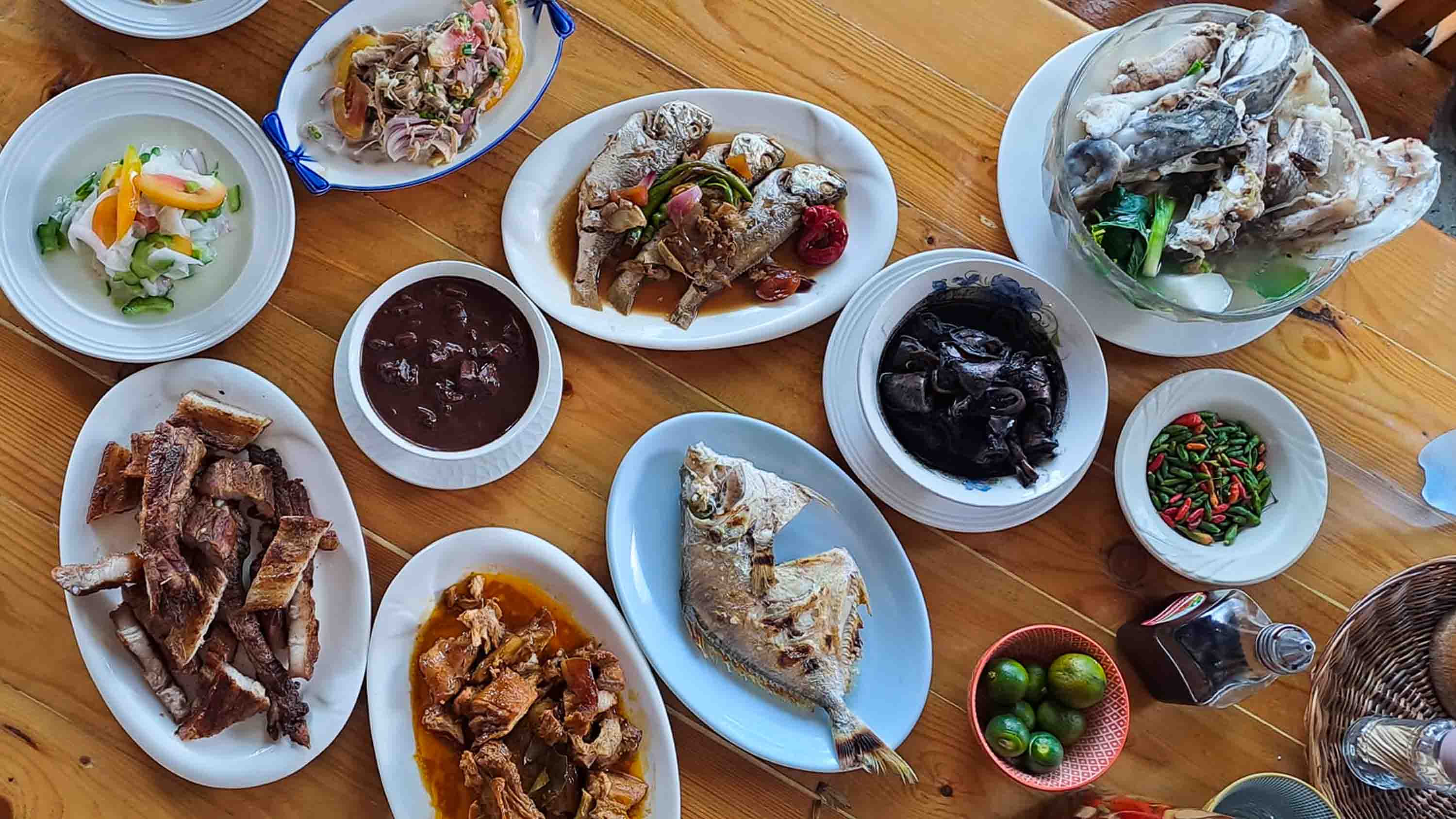











































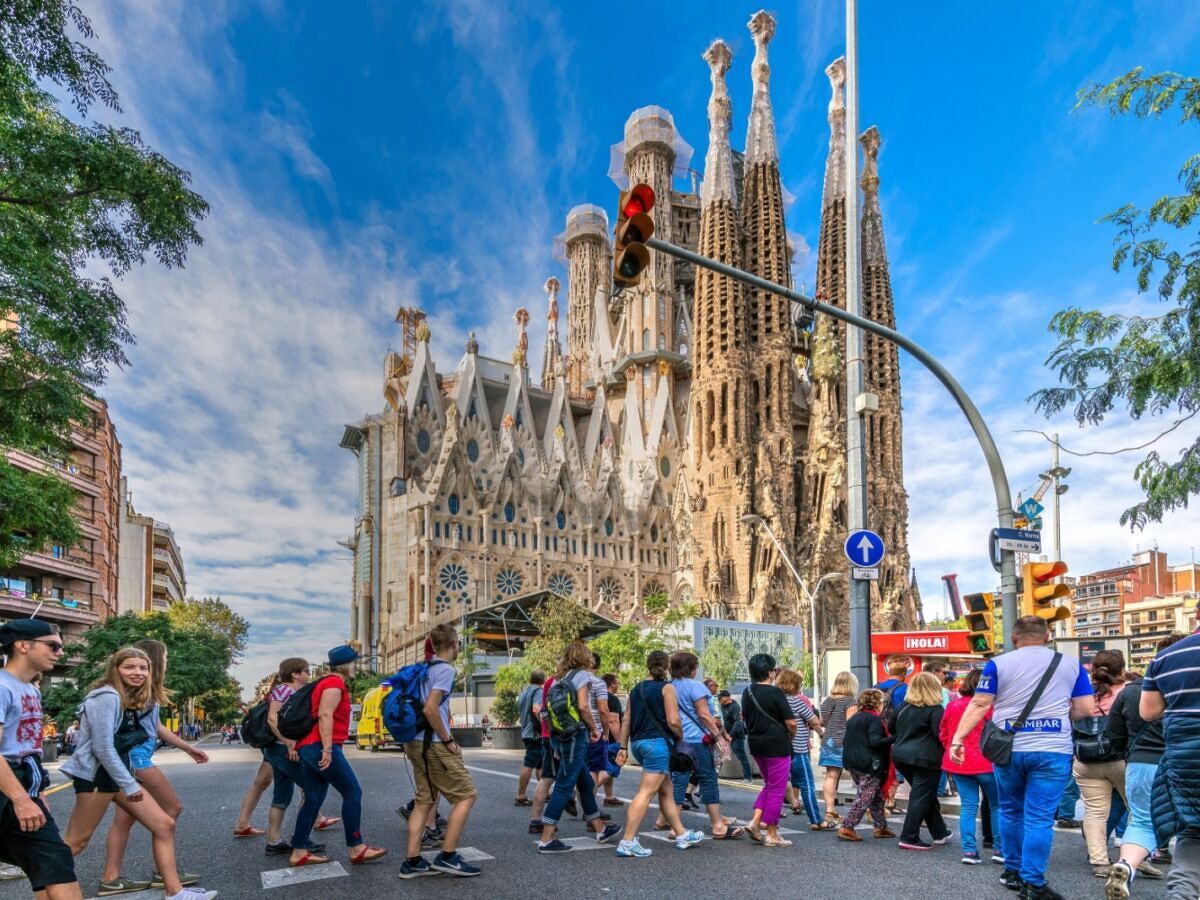








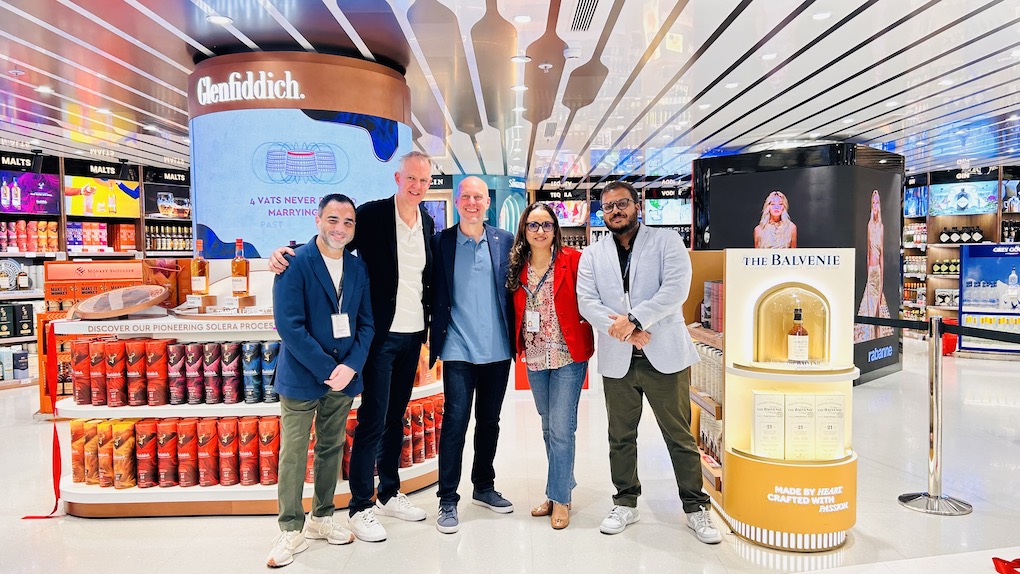





























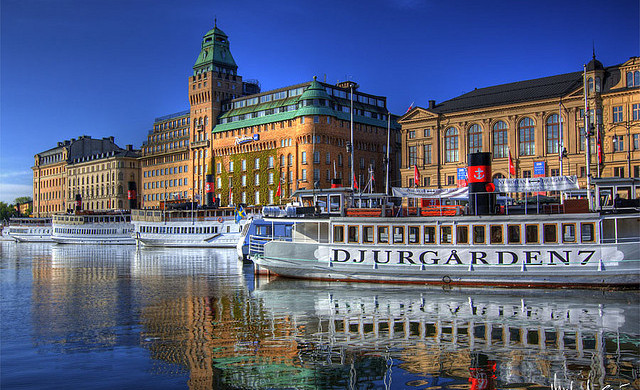





















![Courtyard Marriott Wants You To Tip Using a QR Code—Because It Means They Can Pay Workers Less [Roundup]](https://viewfromthewing.com/wp-content/uploads/2025/04/tipping-qr-code.jpg?#)



































































































